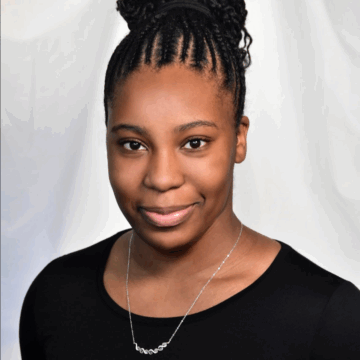
By Faith
Oreos. On the exterior, a firm chocolate crust; however, when opened, a creamy white center awaits. Unbeknownst to me, a social meaning awaited behind an Oreo that left a lingering poor taste in my mouth.
From the seductive, powerful attacks within a tango melody to the upbeat, peppy nature of Top 40 hits, I find myself within a new story with each note. Ballroom and pop music, while vastly different styles, have been interconnected since I was a little girl listening to both Hans Zimmer’s ‘Discombobulate and One Direction’s Kiss You. In high school, when I shared my musical taste with my black peers, I received confused stares back.
“Faith, that is the whitest thing. You are such an Oreo!” a friend exclaimed.
I didn’t recognize the connection between two seemingly different commodities until I later learned that an Oreo means a black person who displays characteristics typically associated with white people, therefore betraying their black roots. I never saw ballroom and pop music belonging to a certain race, but the negatively charged implications behind ‘betraying’ introduced new guilty sensations. Should I embrace my musical interests and face social alienation from those who share my skin tone? Or set aside my so-called white core and conform to the expectations of an African-American woman that have been placed upon me?
I didn’t cut music completely out of my life. Being a clarinet player in my band meant being exposed to various musical styles each day. During my freshman year, I decided to challenge myself and perform a solo for the county solo & ensemble festival. Lyrical Composition No. 6 was a piece for which I could play the notes, the rhythms, and everything else on the page. To me, that was all I needed to do, but my band director thought otherwise.
“You’re great at playing the right note at the right time. But where is your interpretation? What can you do to add to this piece?”
At first glance, all I saw were measures of black ink permanently etched into the sheet – resistant to change. How do I add to a composition that exudes such a definitive nature? Then at second glance, I looked below the measures. Beyond the notes, beyond the rhythms, I noticed white space – unblemished and waiting for me to create my own contribution. Once I stopped and determined what I wanted someone to feel from this composition, I picked up my pencil and wrote in crescendos, decrescendos, breath marks, and other musical markings that I felt needed to be included. I didn’t want to simply regurgitate the black ink, but rather take the audience on a dynamic journey that reaches a climactic precipice. This realization made the distinction between style and stereotype clear.
Being categorized as an Oreo was jarring because the documented definition couldn’t simply be erased. Most stereotypes are never fully expunged because they are deeply ingrained in how society views certain races. While I cannot easily change the minds of the many, I can change the mind of my own.
I am my own music maker. I will celebrate the intricacies of ballroom music and belt out a One Direction tune as a proud black woman. That is my style. That is my choice of expression. If allowed, stereotypes can snowball until I am completely consumed by my desire to become the black woman society expects. But I refuse to be held down by its grip because I decide my definition of the black experience. My musical interests are not a betrayal that isolates me from my roots, but rather a beautiful addition that enhances my ever-evolving character. Am I an Oreo? Yes, but by my own design. The creamy white center does not represent a betrayal, but rather a blank canvas patiently waiting for my own input. With pencil in hand, I will not hesitate to make my mark.
Admissions Committee Comments
Faith provides strong insights into herself, her culture, and her interests by weaving them together in a compelling narrative. She explores herself within the context of societal expectations, considers her own goals and interests, and ultimately shows a mature approach to pursuing her interests. From this essay, we can see Faith as someone who is independent and thoughtful, ambitious in her interests, and open to introspection—all skills that will help her as she enters college.





